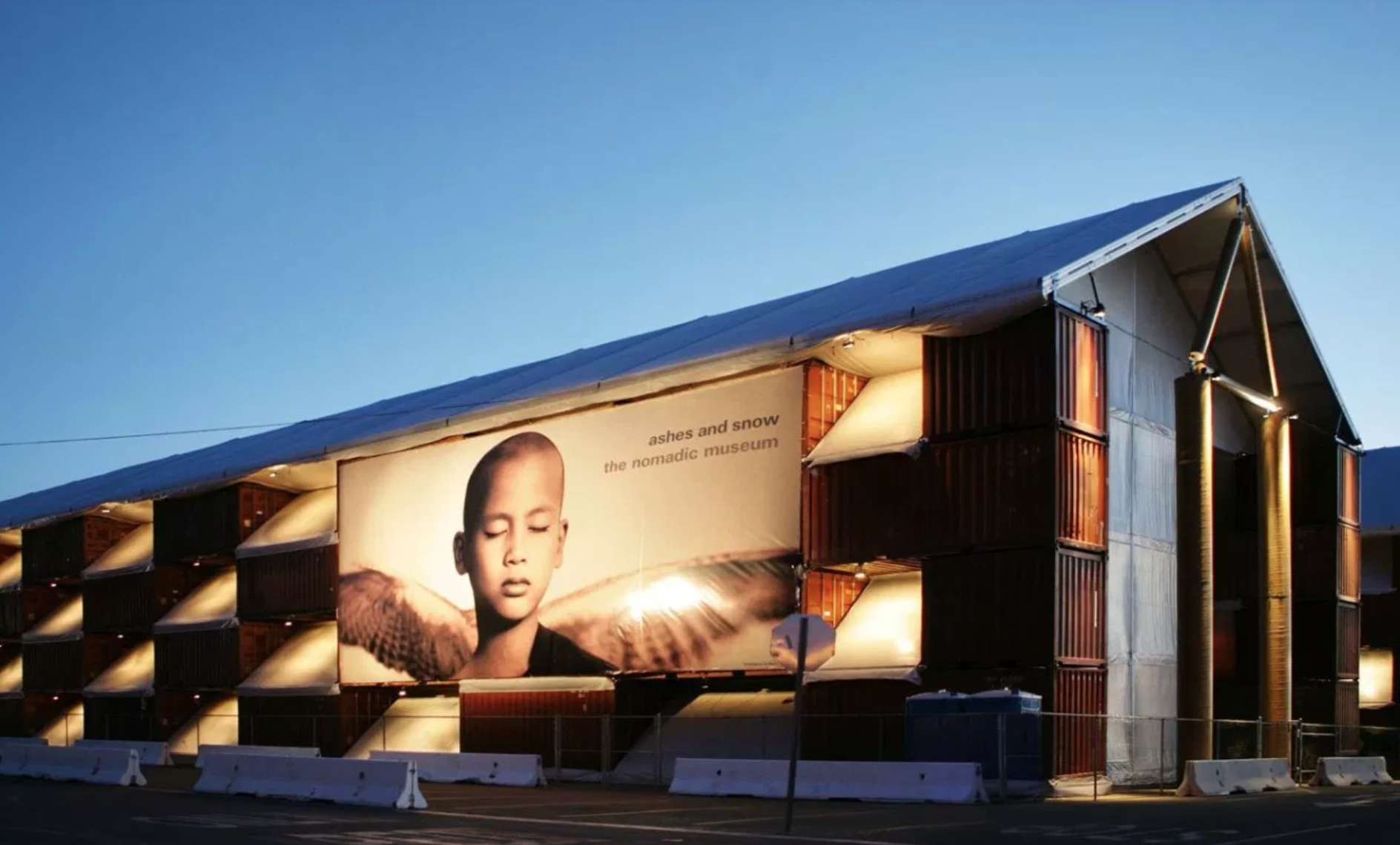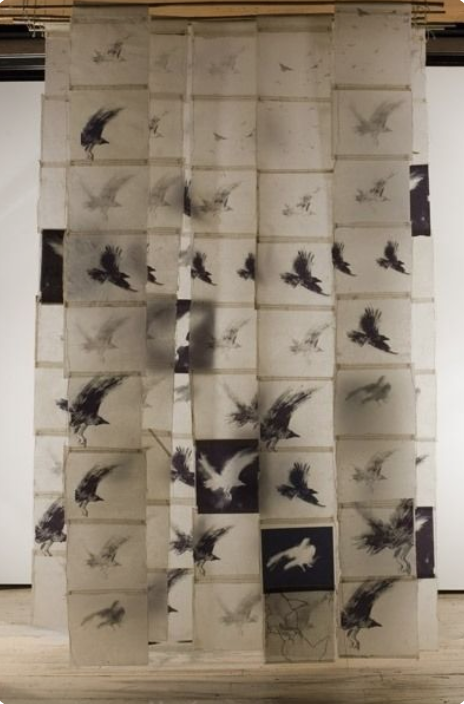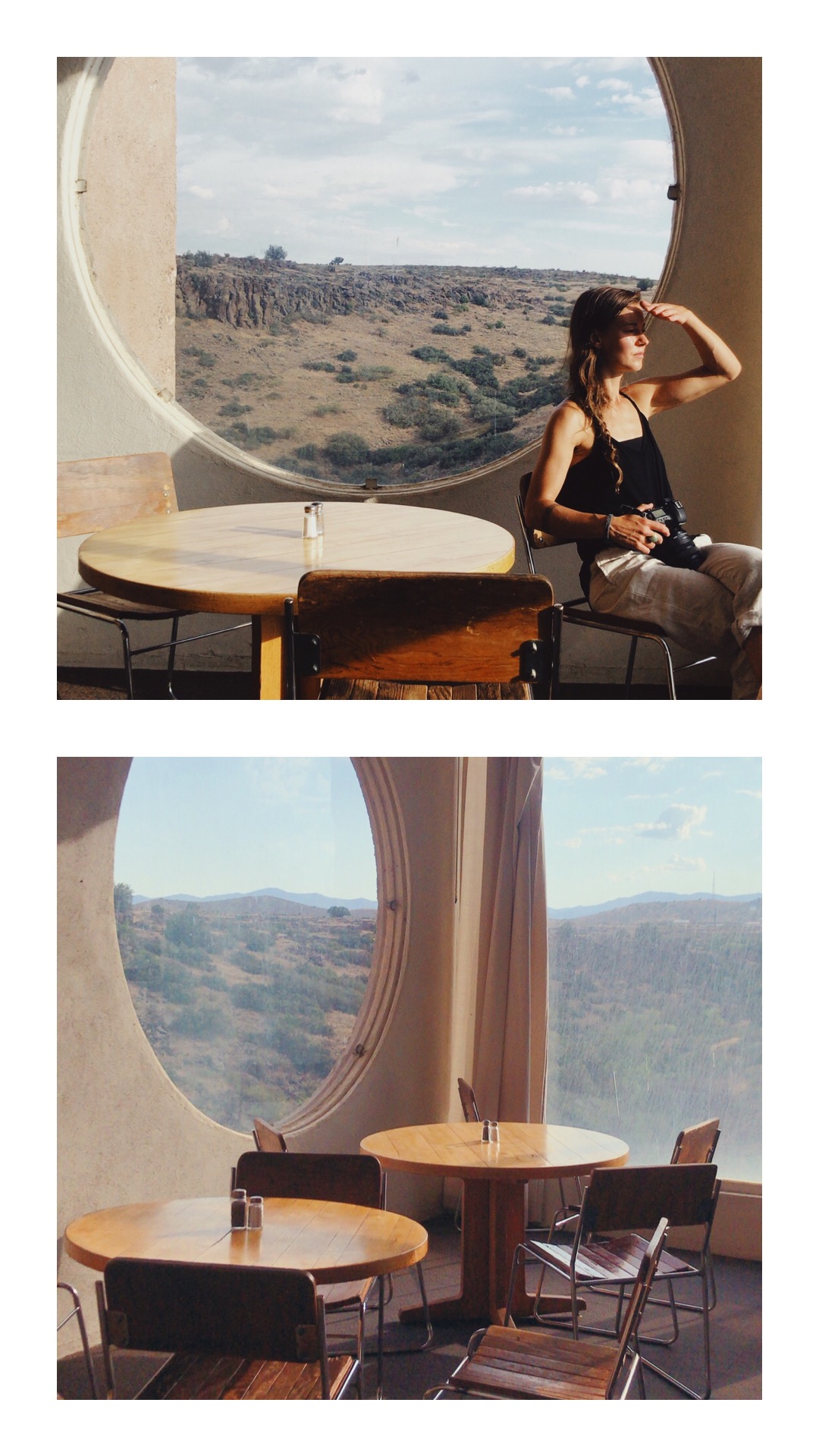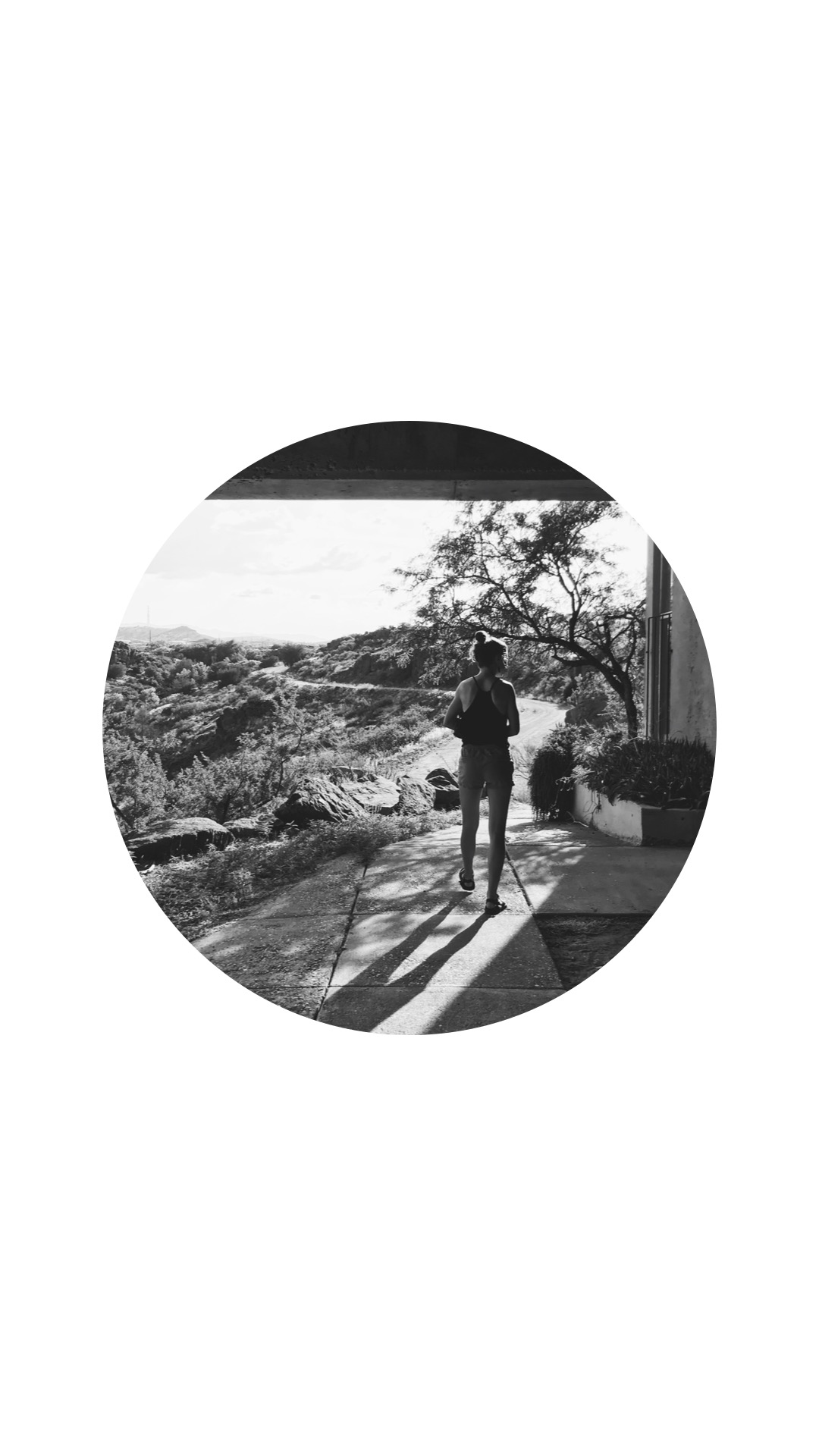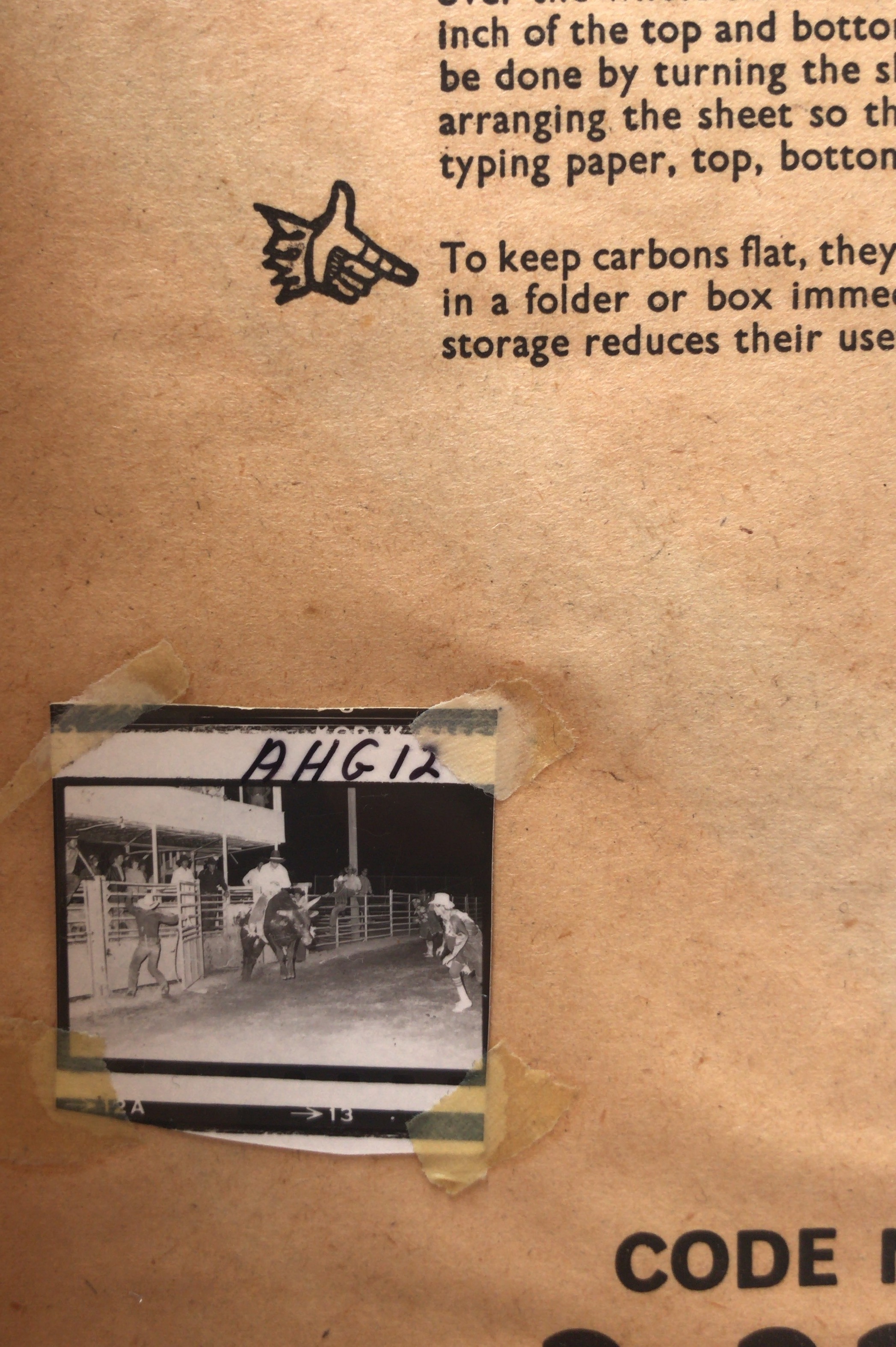Manufacturers and Developers
In relation to your own practice and professional activity:
What is the impact of ever changing technology
I think we live in a world where the novelty of photography is still very much present as it was back when it was becoming more accessible in our daily lives. We just happen to live in a time that gives us the ability to build cameras that we can carry around with us, cameras that can produce still and motion all in one - which leads us to produce more images and spend more money on the ever changing gadget, which seems to lead the consumer to believe that there is a need to constantly update, because I feel some believe its the technology that makes the photographer.
What challenges has this presented you with?
When I first made the leap into the digital photography from the analogue world I did get overwhelmed with the amount of other photographers out there. It was daunting and a big investment, to begin with, but after committing to it and realizing I still had something to offer as a photographer and did not have to give up shooting analouge it was less overwhelming.
How have you embraced (or rejected) changing technology?
Though I have not given up shooting analouge, I have embraced digital and what comes with it.
How do you think the way cameras are marketed affects people’s perception of the value of professional photography?
I feel that some people will buy a camera (or use one they have) because they see that as a better way to spend their money and take their our photos, thinking, again it’s the camera that makes the photographer, and sometimes it works out, but by doing that they dismissing the value of your time and skills as a photographer.
I think that point of view will always be around, and I feel that it spreads beyond photography. There are a lot of people do understand the value of the professional photographer and are willing to invest.











